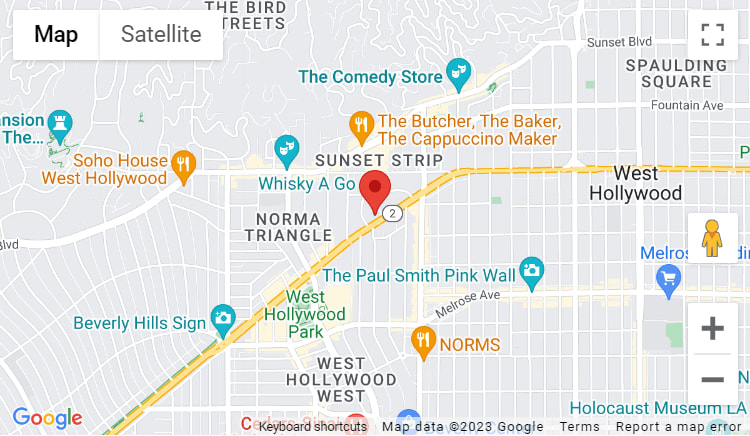I know I’m putting on my Captain Obvious cape here, but I still have to say it: trees provide natural shade in outdoor spaces. Their individual foliage and collective canopy offer protection from the pounding sun. And there’s nothing quite like sitting in dappled sunlight, reading a book or sipping a cool beverage! Beyond the aesthetic appeal of their poetic atmosphere, though, trees play a crucial role in reducing the urban heat island effect by providing evaporative cooling and reducing air temperatures through shade. Additionally, they contribute to improved air quality by absorbing carbon dioxide and releasing oxygen, making them essential in the fight against climate change.
My hometown of Melrose, MA is working to identify spots in my suburban area that need more trees planted; we’re also partnering with Chelsea and Everett to bring tree trenches into our neighborhoods. Tree trenches direct stormwater across more impervious areas, like concrete or pavement, toward trees. Under the trees is a water collection structure that waters the trees and helps recharge the groundwater, rather than allowing it to flow directly into our sewer system. When every drop of water counts, this approach can make a huge difference! If you’re curious if there’s a tree project in your city, call your local government and ask.
Despite the undeniable benefits, there are certain drawbacks to consider when incorporating trees for shade in urban settings. One significant challenge arises when the space needed for tree roots and branches encroaches on pedestrian walkways and gathering areas. In densely populated cities, where every inch of land is valuable, finding the right balance between ample shade and unobstructed pathways can be a delicate task. Moreover, maintaining trees in urban environments requires ongoing care and attention to prevent issues such as overgrowth, root damage to infrastructure, and potential hazards during extreme weather events.
To address the limitations of traditional tree shade, canopies have emerged as a practical alternative for creating shaded spaces in urban environments. Canopies, whether permanent structures or temporary installations, offer flexibility and adaptability in providing shade where trees may not be feasible. They can be strategically placed in public plazas, outdoor dining areas, playgrounds, and outdoor market areas. The City of Cambridge has partnered with the Metropolitan Area Planning Council to create shady spots that are also works of art in Central Square and Russell Field, with plans for more!
However, while canopies provide shade and cool down their surroundings, they also come with their own set of challenges. Our first thought is that canopies are frequently constructed with synthetic materials, made from petroleum products, which will end up in a landfill and continue poisoning our planet. Another notable concern is the potential visual impact and the need for careful integration into the existing urban landscape–and if the canopy design and tether lines take up ground space, it’s just as disruptive as tree roots. Team member Ellie is part of a dance group that needs big spaces to perform in, and the shade structure in Central Square has made that space less usable for them. Finally, don’t forget that the long-term maintenance and durability of canopies must be carefully managed to ensure their continued functionality and safety.
When considering the implications of creating shade with trees and canopies, it is crucial to recognize the broader context of climate change and its impact on urban environments. As cities experience rising temperatures and increased health risks associated with prolonged exposure to sunlight, the need for effective shade solutions becomes more urgent. Heat-related illnesses, decreased air quality, and discomfort in outdoor spaces are all significant concerns. There’s even a strong correlation between increases in violent crimes when the temperature spikes. These public health risks can be mitigated through the strategic implementation of shade-providing elements.
The use of trees and canopies to create shade in urban environments offers a multifaceted approach to addressing the challenges posed by climate change and urbanization. While both methods provide valuable benefits, they also present unique considerations and limitations, particularly in densely populated areas. Municipalities have a responsibility to take care of their residents, and we as residents can speak up about this issue and help find solutions that work.

